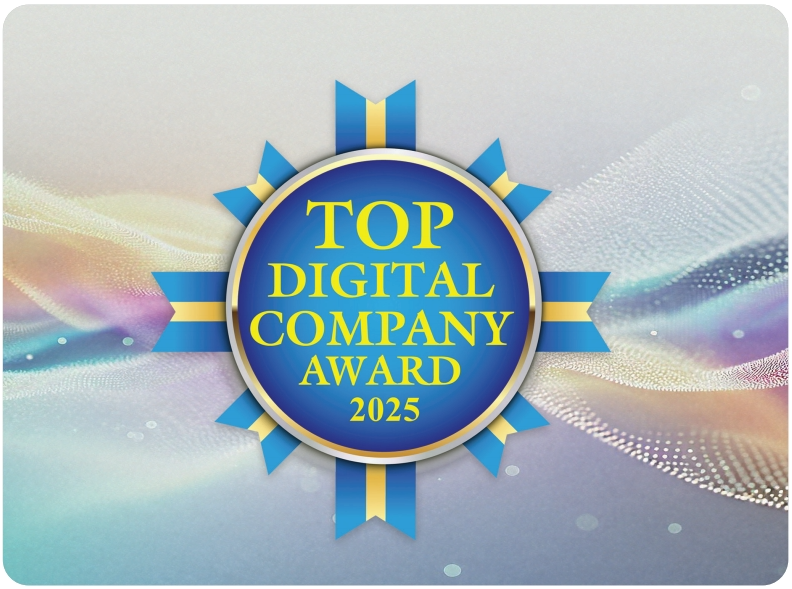Top AR Gaming Apps to Download Now invite players into a world where digital elements blend seamlessly with reality, creating immersive experiences that captivate the imagination. As augmented reality technology evolves, it offers gamers innovative ways to engage with their surroundings, transforming everyday environments into playgrounds filled with adventure and excitement.
Today’s AR gaming landscape includes a diverse array of applications that cater to different interests, from puzzle-solving and exploration to engaging in epic battles. These apps not only provide entertainment but also encourage social interaction and physical activity, making gaming a more dynamic and enriching experience.
In the vast landscape of contemporary research, the role of technology in education has emerged as a pivotal area of inquiry. The integration of digital tools, online platforms, and innovative pedagogical methods has transformed traditional approaches to teaching and learning. This article explores the multifaceted impact of technology on education, examining both the benefits and challenges it presents.The advent of the internet has revolutionized access to information.
Students now have the ability to engage with a broad array of resources at their fingertips. Online libraries, academic journals, and educational websites provide a wealth of knowledge that was previously inaccessible to many learners. This democratization of information has significant implications for educational equity, as students from diverse backgrounds can access high-quality resources regardless of their geographical location or socio-economic status.Moreover, technology facilitates personalized learning experiences.
Adaptive learning technologies can tailor educational content to meet the unique needs of each student, allowing for differentiated instruction. For instance, learning management systems (LMS) can track student progress and adapt resources accordingly, ensuring that learners receive the appropriate level of challenge and support. This individualized approach not only enhances student engagement but also fosters a deeper understanding of the subject matter.In addition to personalized learning, technology encourages collaborative learning.
Digital platforms enable students to work together on projects, regardless of their physical location. Tools such as Google Workspace, Microsoft Teams, and various collaborative software allow for real-time communication and document sharing. This collaborative environment not only enhances the learning experience but also prepares students for the increasingly interconnected world of work, where teamwork and communication skills are paramount.Furthermore, technology expands the possibilities for experiential learning.
Virtual reality (VR) and augmented reality (AR) are being utilized in educational settings to create immersive experiences that deepen understanding. For instance, medical students can practice surgical procedures in a simulated environment, while history students can explore ancient civilizations through interactive simulations. These technologies provide a safe space for experimentation and exploration, which can be particularly beneficial in fields that require hands-on practice.However, the integration of technology in education is not without its challenges.
One of the foremost concerns is the digital divide. While access to technology has improved in many areas, significant disparities remain. Students from low-income families or underserved communities may lack access to necessary devices and reliable internet connections, hindering their ability to fully engage with digital learning opportunities. This gap raises critical questions about equity and access in education, as those without technology are at a disadvantage compared to their peers.Moreover, the reliance on technology can lead to issues related to screen time and student well-being.
Prolonged use of digital devices has been associated with various health concerns, including eye strain, poor posture, and mental health issues. Educators must be mindful of the balance between utilizing technology and ensuring that students have opportunities for physical activity and social interaction away from screens.The role of educators also evolves in a technology-rich environment. Teachers must be equipped with the skills and knowledge necessary to effectively integrate technology into their pedagogical practices.

Professional development programs must focus on equipping educators with the tools to navigate digital landscapes, fostering both their technological proficiency and their ability to leverage technology to enhance student learning outcomes.Furthermore, as educational institutions adopt new technologies, they must also consider the ethical implications of data privacy and security. The collection and storage of student data raise significant concerns about confidentiality and consent.
Institutions must implement robust policies to safeguard student information while also being transparent about how this data is used. Balancing innovation with ethical considerations is essential to fostering a safe and trustworthy educational environment.In summary, the impact of technology on education is profound and multifaceted. While it offers numerous benefits, including increased access to information, personalized learning experiences, and opportunities for collaboration, it also presents significant challenges that must be addressed.
As we move forward into an increasingly digital future, it is essential for educators, policymakers, and communities to work together to ensure that technology enhances educational quality and equity for all learners.The future of education will undoubtedly be shaped by technology, and as such, ongoing research and dialogue are critical. Further studies are needed to explore the long-term effects of technology integration in various educational contexts, assess the efficacy of different digital tools, and develop best practices for implementation.
By prioritizing research and collaboration, we can harness the power of technology to create more inclusive, engaging, and effective educational experiences for all students.In conclusion, technology has the potential to revolutionize education, making it more accessible and tailored to individual needs. However, this transformation must be approached thoughtfully and equitably to address potential disparities and ethical concerns. As stakeholders in education continue to navigate this dynamic landscape, a commitment to research, collaboration, and innovation will be essential to leveraging technology for the betterment of all learners.








